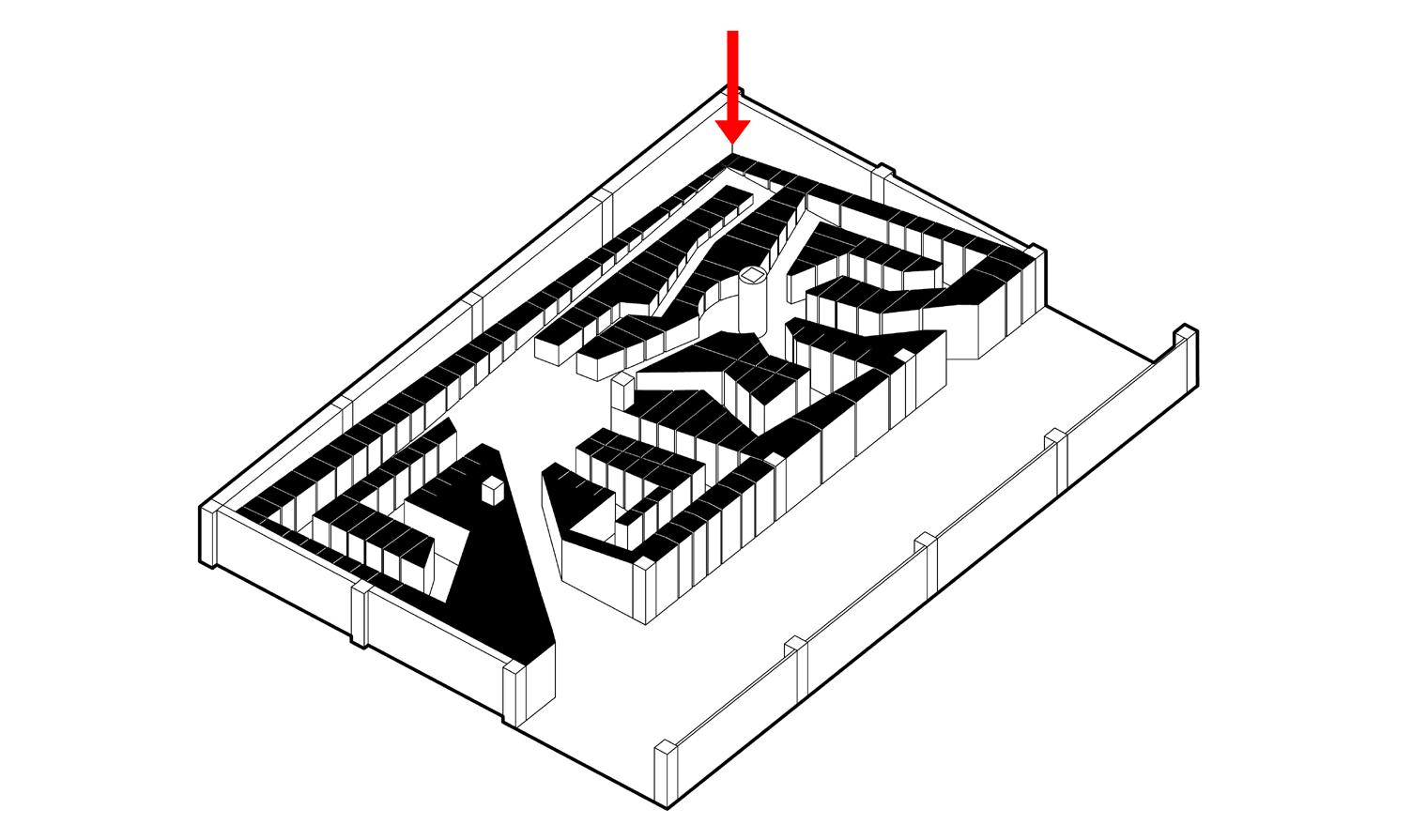
1 minute read
Image-oriented world
by 張皓翔
In the image-oriented world we live in, ideas and meanings no longer carry the significance that they once did. Projects gain fame and traction not by being avant-garde in their thinking, but by simply being photogenic. I see this inclination leading to the inevitable death of the “designer” figure. When attractive images become all that matters, anyone can have a say. By then, there would be no safety-net to prevent designers from becoming mere executors, enslaved by clients simply to bring their “design” into the world. Even as we speak, there are clients presenting blurry pixelated screenshots found on the Internet and requesting “designers” to build space accordingly. Not surprisingly, most are getting exactly what they want. Nowadays, it is also not uncommon to see those clients happily sharing their “design” of café or home on social media, proclaiming how they were inspired one morning and drew up the “plan” on a piece of recycled paper. The absurdity is profound.
to change the world and I do not wish to do so. My intentions are purely personal, an endeavor. It is a tough and austere path to reject images and references, yet I believe it is a necessary sacrifice in order to stay true to the essence of design, which I believe is about the thinking. Thoughts and ideas that forever challenge the boundaries of the discipline, generating designs that are fundamentally new, in place of debating over trivial dilemmas such as contradicting client-designer preferences of a certain set of reference images.
Advertisement
Over the years, I’ve done several freelance visualization works. I did not take part in the design process other than 3d-modeling and the selection of certain textures and furniture. I also do not understand any of the concepts that it represents, yet I am still capable of dictating the fictitious narrative and atmosphere for each project. This shows how easily images can be manipulative and thus pretentious. Alas, for the sake of our image-oriented world, here are some excerpts.
My research presented in this book is also an effort to combat this Zeitgeist. Needless to say, it is impossible






